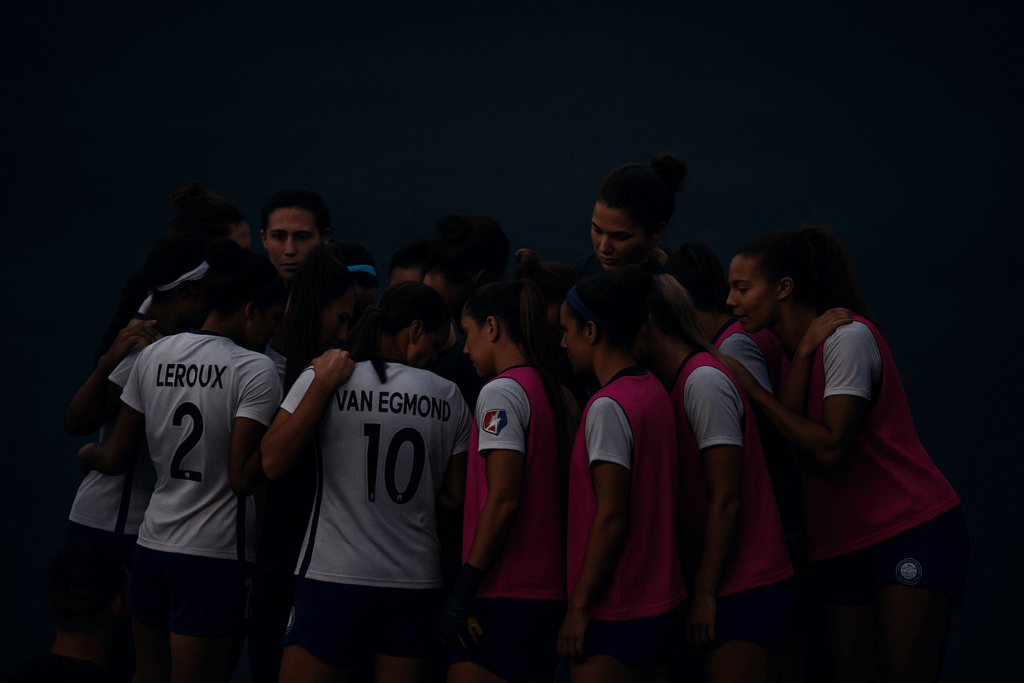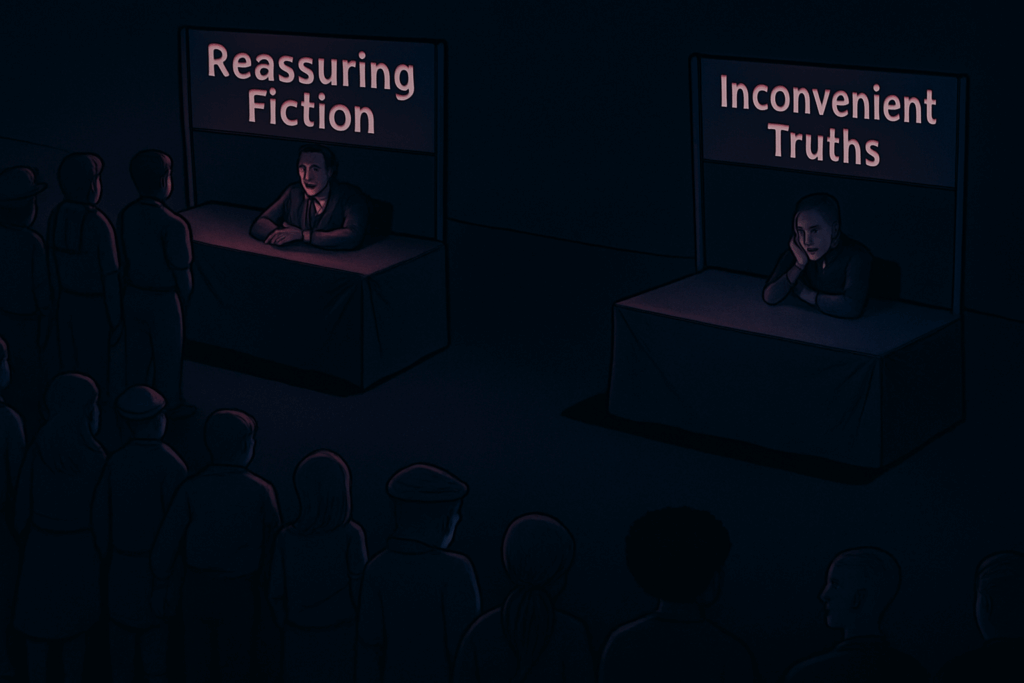Introduction
In an era where safeguarding practices play a critical role in the realm of sports, there arises a need to strike a balance between protection and autonomy. The intention to shield athletes from harm is commendable, yet we must tread carefully to avoid overstepping into areas that may inadvertently inhibit the natural dynamics of professional sports mentoring. It’s crucial to clarify from the outset that this discussion does not interfere with the necessary and vital responsibilities of safeguarding children and vulnerable adults, nor does it condone any form of misconduct such as sexual or physical abuse. This discourse aims to address the concept creep affecting senior-level sportspeople who are otherwise recognized as responsible adults in the eyes of the law.
Understanding the Safeguarding Spectrum
The expansion of safeguarding policies to include senior athletes reflects an underlying concern for ensuring a secure environment in all facets of sports. Although worthwhile, this mission can sometimes cross into mission creep, where the role of safeguarding agencies extends into realms beyond their intended purpose. Investigations intended to protect can inadvertently become tools that penalize coaches for conducting their duties if these boundaries aren’t clearly defined.
Key Benefits of Effective Safeguarding
- Protection of young athletes: Clearly, the most significant benefit is the safety net safeguarding provides for young athletes and vulnerable individuals, ensuring their safety and promoting their well-being within a sporting context.
- Clear ethical boundaries: Establishing robust safeguarding practices reinforces the boundaries necessary for maintaining a professional environment between coaches and athletes.
- Advocacy for mental health: Expanding the conversation around safeguarding also opens doors for addressing mental health challenges and highlighting athlete well-being.
The Dilemma of Overreach
Despite these benefits, the scope of safeguarding can become blurred when applied to adult professionals capable of making informed decisions and advocating for themselves. Coaches, tasked with the responsibility of pushing athletes to the best of their capabilities, may feel constrained under the weight of excessive scrutiny.
Yet, this doesn’t imply a green light for uncheckable authority. There must be a balance where safeguarding doesn’t morph into a tool of suppression but instead acts as a protective framework respecting the autonomy of both athletes and coaches.
Conclusion: A Call for Balance
Ultimately, while safeguards in sports are indispensable, a nuanced approach is essential. This entails ensuring those designed to protect don’t encroach upon the growth and autonomy of adult athletes. Regular assessment, clarity of policies, and open dialogues between stakeholders can support a fostering environment that respects both safety and individual maturity.
As we navigate these complex waters, it is imperative that coaches, athletes, and safeguarding officials collaborate to create an ecosystem where protection does not come at the expense of autonomy and progress. Ensuring this balance will empower both athletes and coaches to thrive in their respective roles while maintaining the sanctity of professional ethics in sports.

